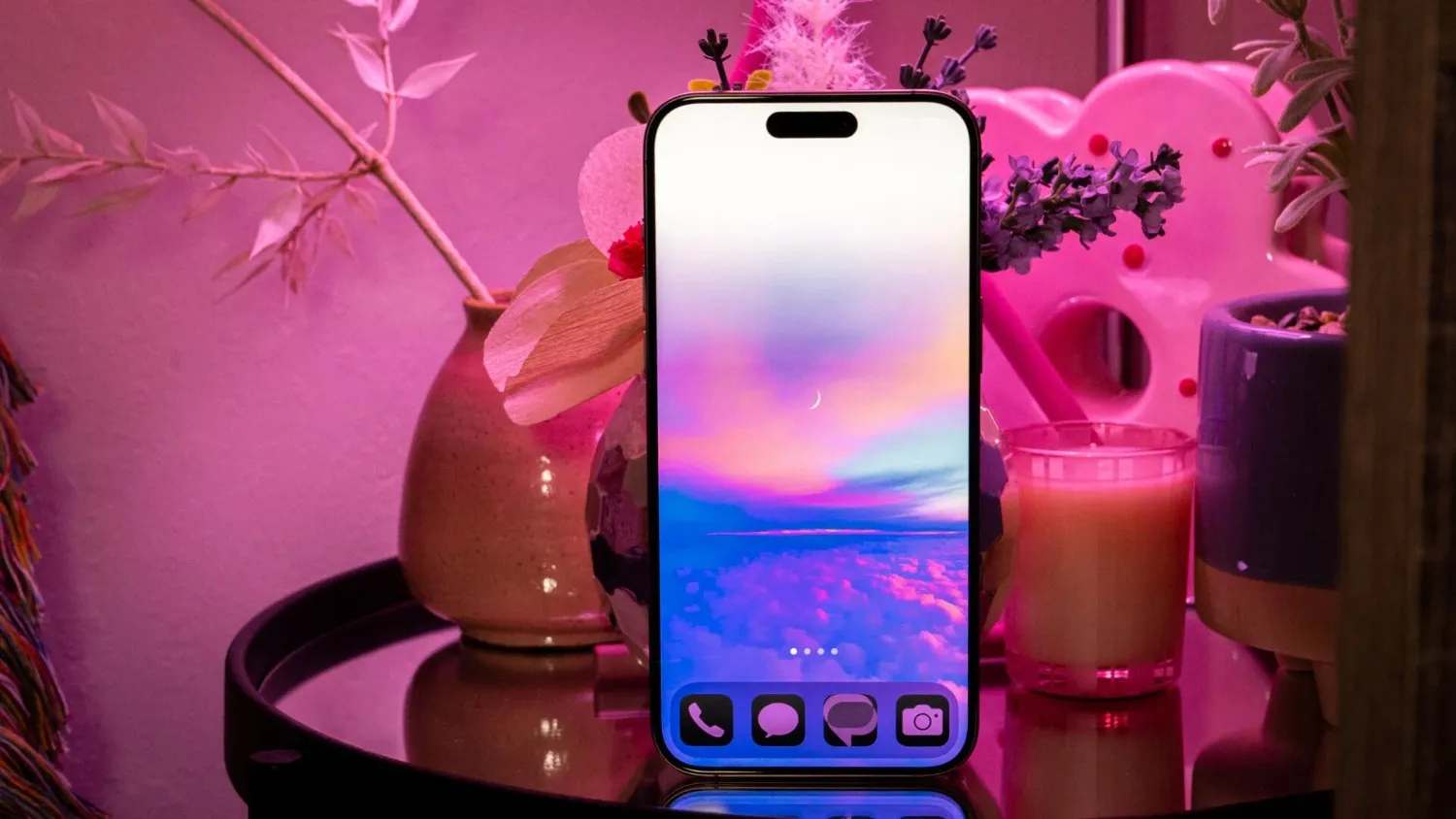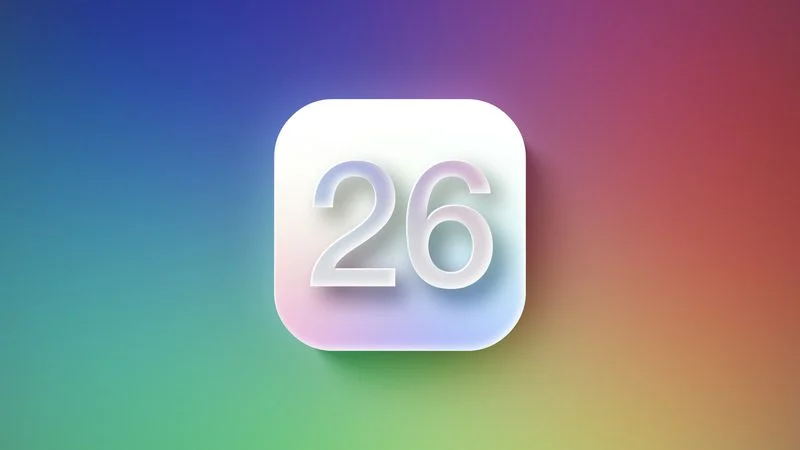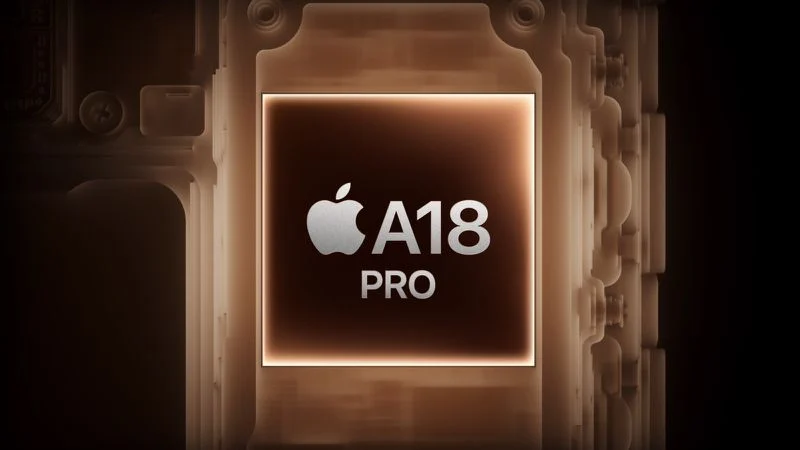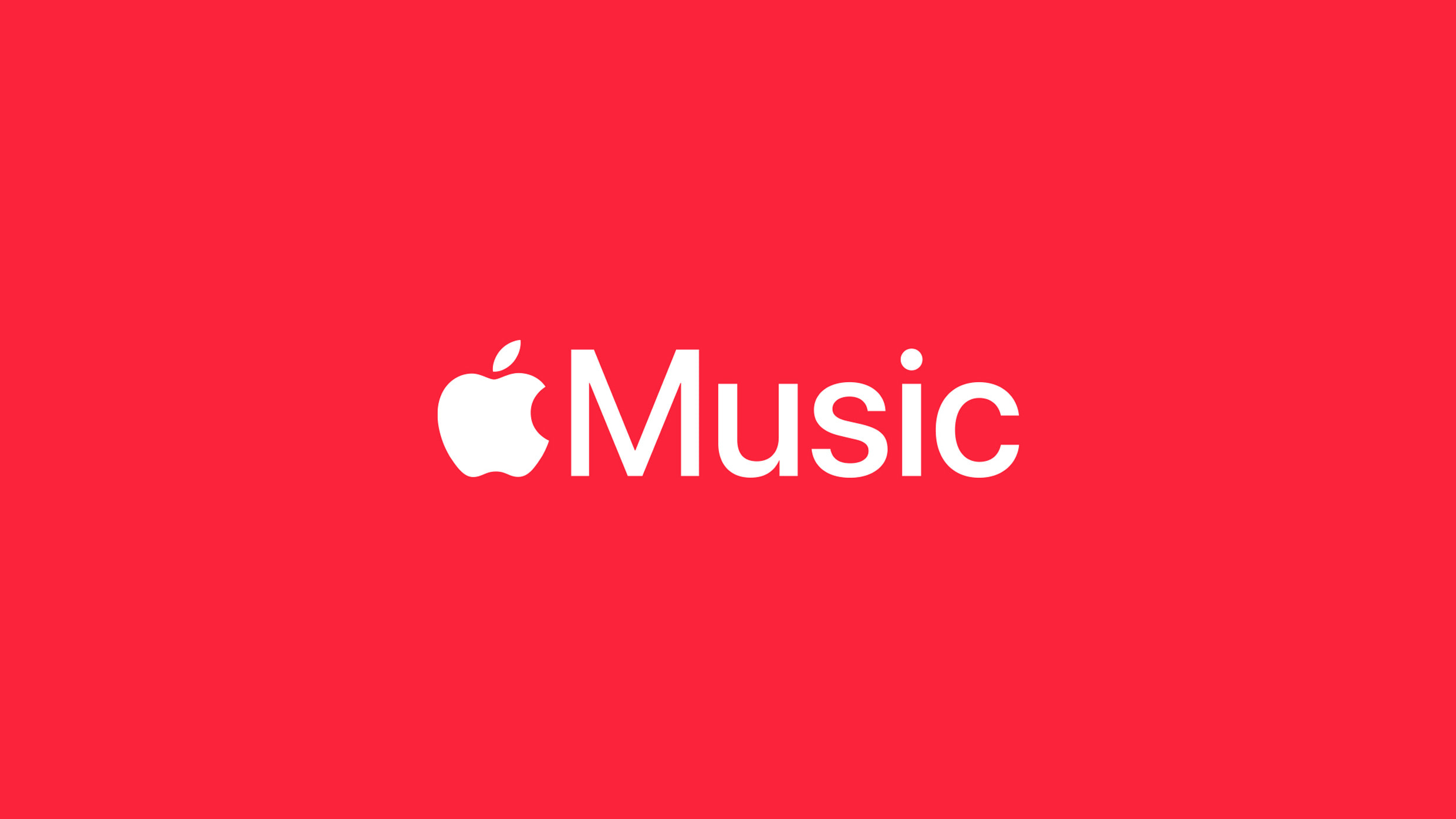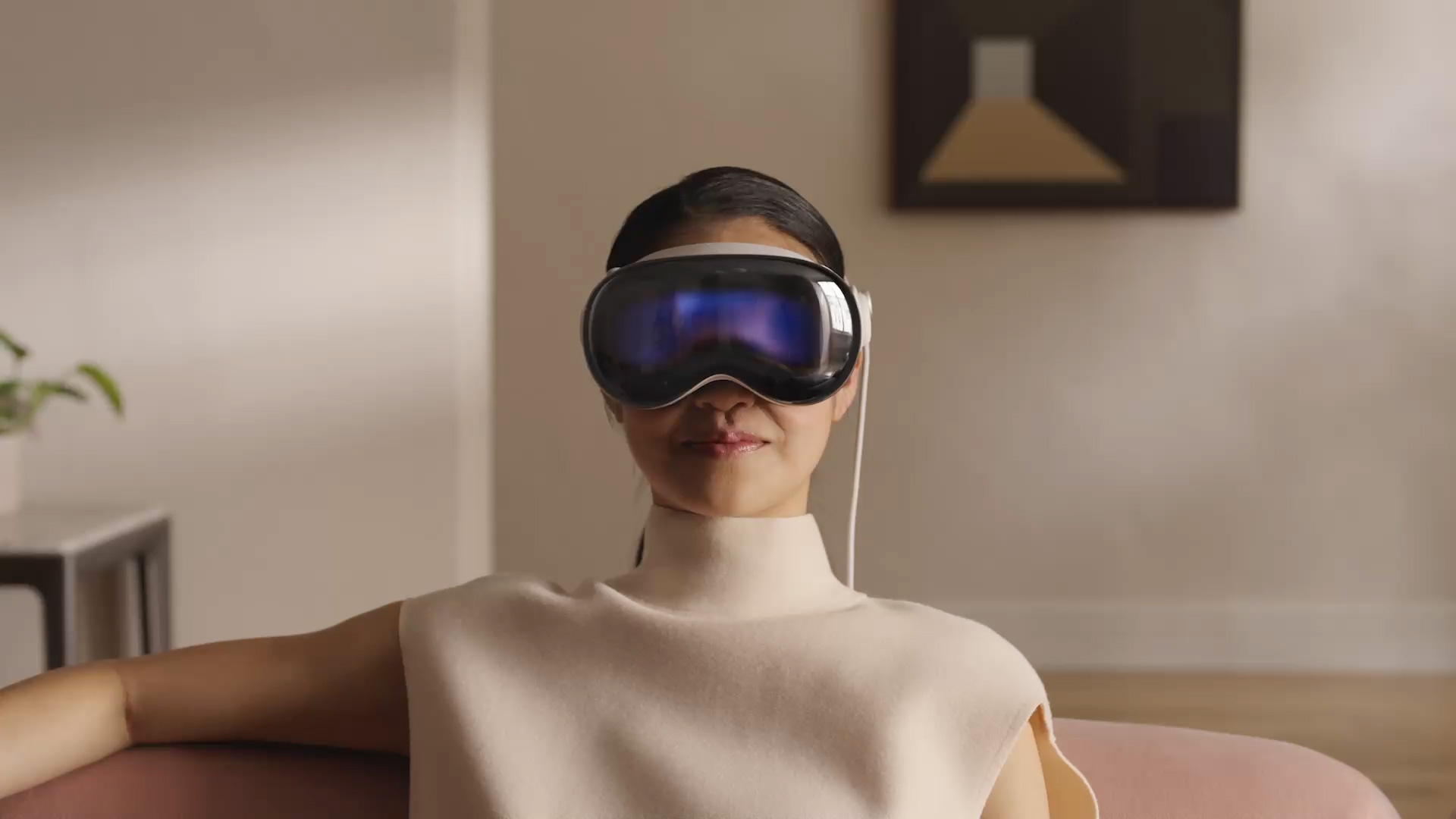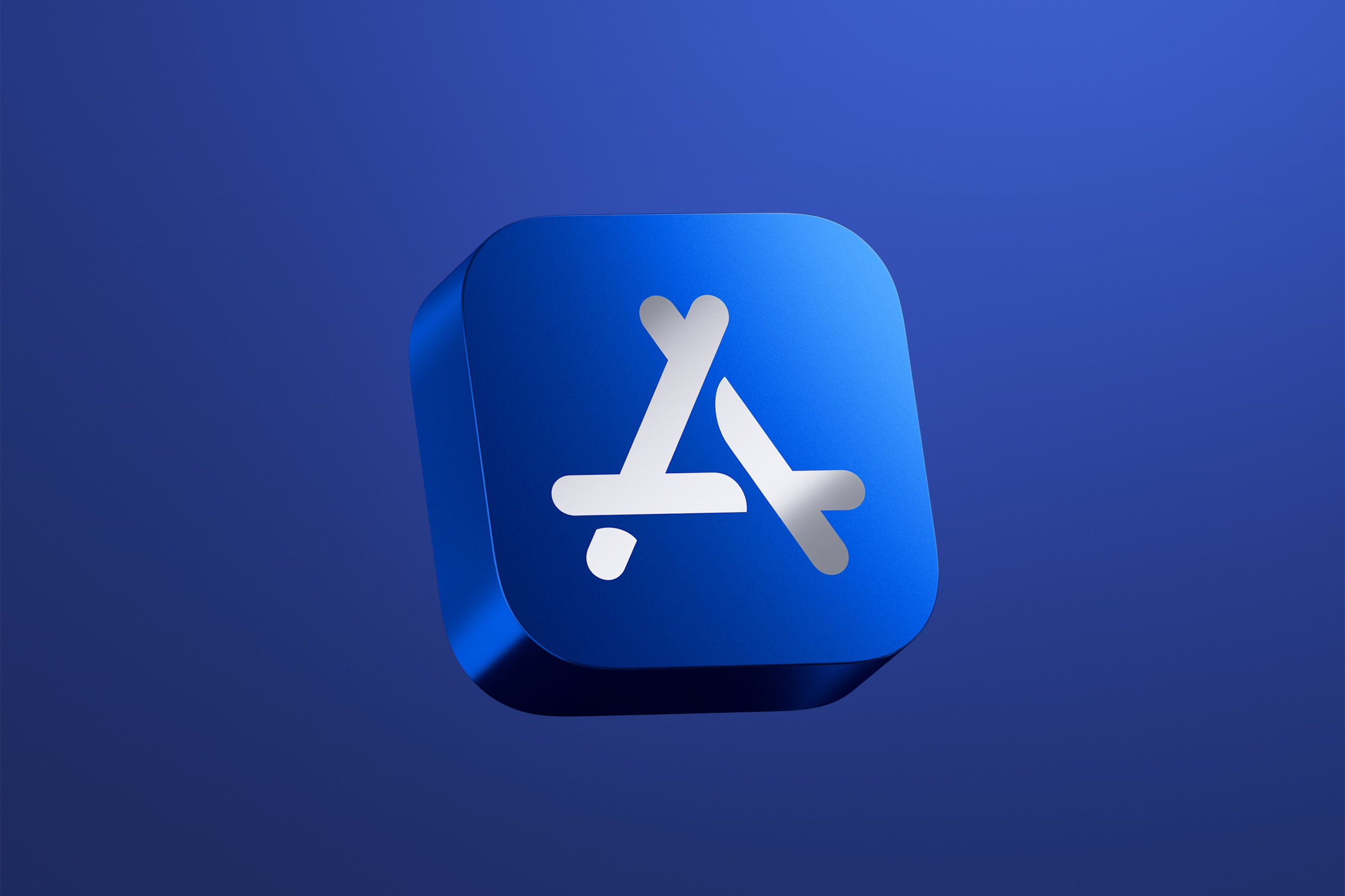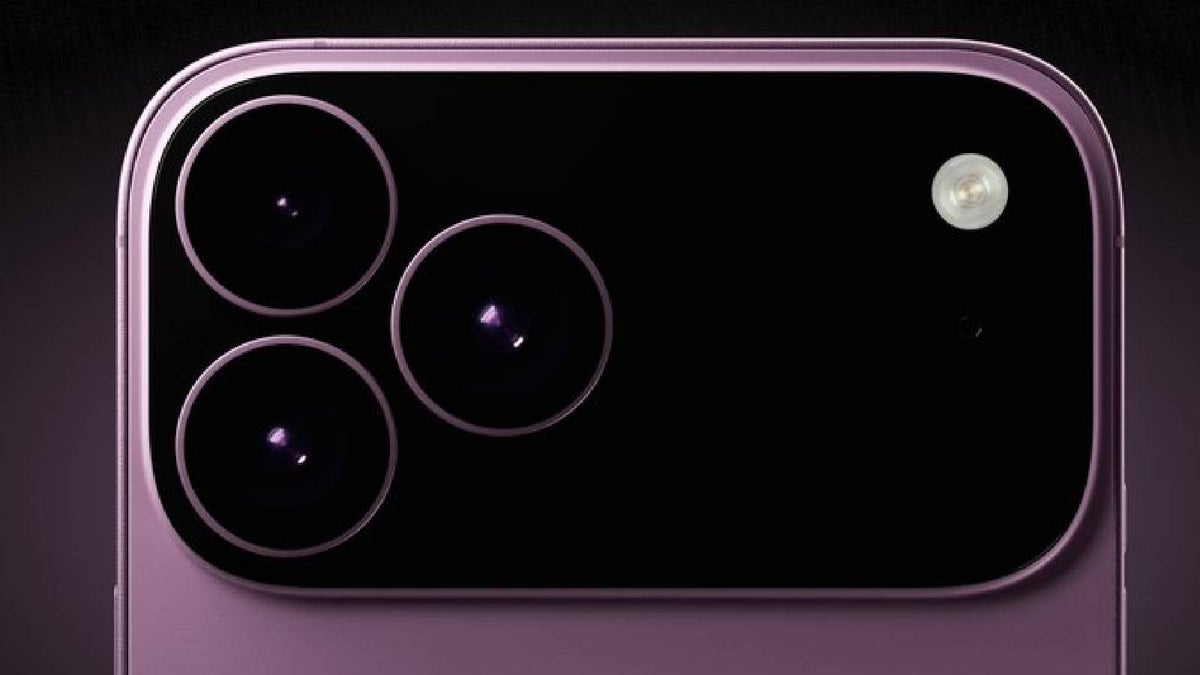Apple has rolled out the second beta versions of visionOS 2.6, iOS 18.6, and macOS Sequoia 15.6 to developers for testing. These updates, released two weeks after the first betas, are available to registered developers through the Settings app on compatible devices, requiring an Apple Developer account.
For visionOS 2.6, no major new features have been spotted yet, but the update likely focuses on fixing bugs and improving performance for the Vision Pro. Similarly, iOS 18.6 and iPadOS 18.6, designed for iPhones and iPads, haven’t revealed significant changes.
These updates seem to prioritize stability and minor tweaks over big additions.macOS Sequoia 15.6, meant for Macs, also appears to be a smaller update. No new features were found in the first beta, and Apple is likely wrapping up work on Sequoia as it shifts focus to macOS Tahoe, expected this fall.
There’s talk that Apple might bring its AI features, Apple Intelligence, to China, but regulatory issues could delay this beyond macOS 15.6. These betas are early builds, so developers are testing them to ensure apps work smoothly.
Apple will likely share more details if new features emerge. Public beta versions are expected in July, with final releases set for September. For now, these updates seem to be about polishing the experience rather than introducing flashy changes.
